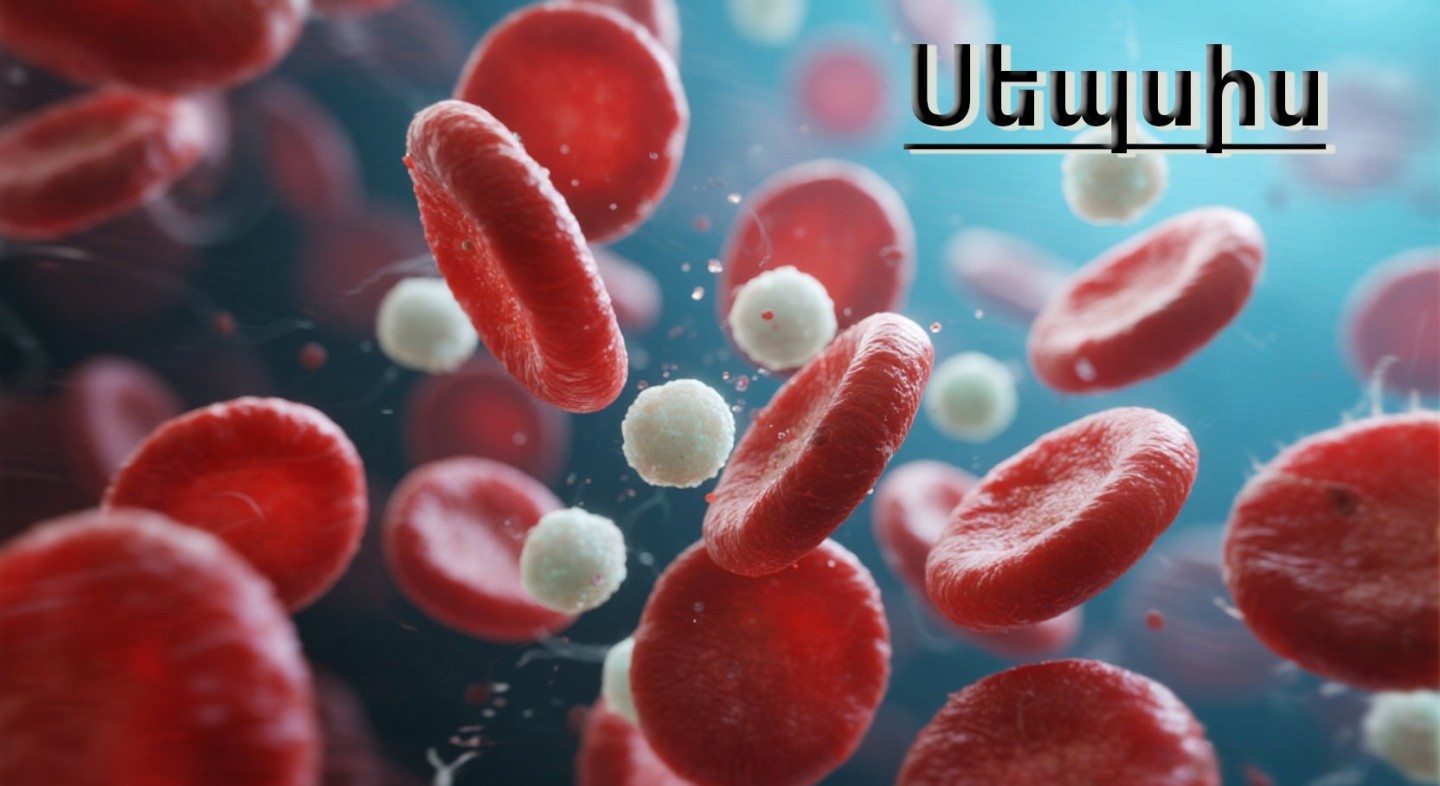Sepsis: Definition, Risk Factors, Signs and symptoms and Treatment



Sepsis is a life-threatening organ dysfunction caused by a dysregulated host response to infection. According to the 2016 SCCM/ESICM task force, organ dysfunction is operationally defined as an acute change in total SOFA (Sequential /Sepsis-induced/ Organ Failure Assessment) score ≥2 points consequent to the infection, or an increase of ≥2 points compared with the patient’s baseline chronic status. The SOFA score is designed to assess the extent of a patient’s organ dysfunction, particularly in critically ill patients, such as those with sepsis.
The SOFA score evaluates six organ systems, each scored from 0–4 depending on the degree of dysfunction.
Score interpretation:
Examples:
Benefits of SOFA scoring:
Septic shock is a subset of sepsis characterized by profound circulatory, cellular, and metabolic abnormalities associated with greater mortality than sepsis alone.
Clinical definition: Septic shock is diagnosed when, despite adequate fluid resuscitation, vasopressors are required to maintain mean arterial pressure (MAP) ≥65 mmHg, and serum lactate >2 mmol/L (>18 mg/dL).
According to SOFA-based predictions, patients meeting these criteria have significantly higher mortality (≥40%) compared to those who do not (≥10%).
Globally, sepsis causes about 11 million deaths annually, including many among children. Millions of survivors also suffer from long-term disability.
The causative agents depend on the source of infection, immune status, and epidemiology (community-acquired vs. hospital-acquired infections).
Sepsis signs and symptoms are highly variable. Common findings include hypotension, tachycardia, tachypnea, fever, and leukocytosis. As the condition worsens, patients may develop shock (e.g., cold skin, cyanosis) and organ dysfunction (e.g., oliguria, acute kidney injury, altered mental status).
Sepsis indicators include:
Treatment of Sepsis and Septic Shock
Management requires early, intensive therapy within the first hours, combining resuscitation, hemodynamic support, and targeted treatment.
Main priorities in initial management:
Time is critical:
Research shows that mortality decreases significantly only when full treatment is initiated within the first 24 hours after sepsis diagnosis, even if ICU care is optimal.
Key principle of successful treatment:
|
Parameter |
Score: 0 |
Score: 1 |
Score: 2 |
Score: 3 |
Score: 4 |
|
Raspiration PaO2/FIO2 |
≥ 400 mm Hg (53.3 kPa) |
< 400 mm Hg (53.3 kPa) |
< 300 mm Hg (40 kPa) |
< 200 mm Hg (26.7 kPa) with respiratory support |
< 100 mm Hg (13.3 kPa) with respiratory support |
|
Coagulation Platelets x103/mm3 |
≥ 150 × 103/mcL (≥ 150 × 109/L) |
< 150 × 103/mcL (< 150 × 109/L) |
< 100 × 103/mcL (< 100 × 109/L) |
< 50 × 103/mcL (< 50 × 109/L) |
< 20 × 103/mcL (< 20 × 109/L) |
|
Liver Bilirubin,mg/dL (µmol/l) |
< 1.2 mg/dL (20 micromole/L) |
1.2–1.9 mg/dL (20–32 micromole/L) |
2.0–5.9 mg/dL (33–101 micromole/L) |
6.0–11.9 mg/dL (102–204 micromole/L) |
> 12.0 mg/dL (204 micromole/L) |
|
Cardiovascular Hypotension (with medication doses given for ≥ 1 hour) |
MAP ≥ 70 mm Hg |
MAP < 70 mm Hg |
Dopamine < 5 mcg/kg/minute or Any dose of dobutamine |
Dopamine 5.1–15 mcg/kg/minute or Epinephrine ≤ 0.1 mcg/kg/minute or Norepinephrine ≤ 0.1 mcg/kg/minute |
Dopamine > 15 mcg/kg/minute or Epinephrine > 0.1 mcg/kg/minute or Norepinephrine > 0.1 mcg/kg/minute |
|
Central Nervous System Glasgow Coma Scale score* |
15 points |
13–14 points |
10–12 points |
6–9 points |
< 6 points |
|
Renal Creatinine mg/dL (µmol/l) |
<1.2 mg/dL |
1.2-1.9 mg/dL |
2.0-3.4 mg/dL |
3.5-4.9 mg/dL |
> 5.0 mg/dL |
|
Urine output |
(110 micromole/L) |
(110–170 micromole/L) |
(171–299 micromole/L) |
(300–400 micromole/L) |
(440 micromole/L) |
|
* A higher score indicates better neurologic function. |
|||||
|
FIO2 = fraction of inspired oxygen; kPa = kilopascals; MAP = mean arterial pressure; PaO2 = arterial oxygen partial pressure. |
|||||
Author: Armen Aslanyan, Head of the Department of Infectious Intensive Care and Resuscitation, NCID